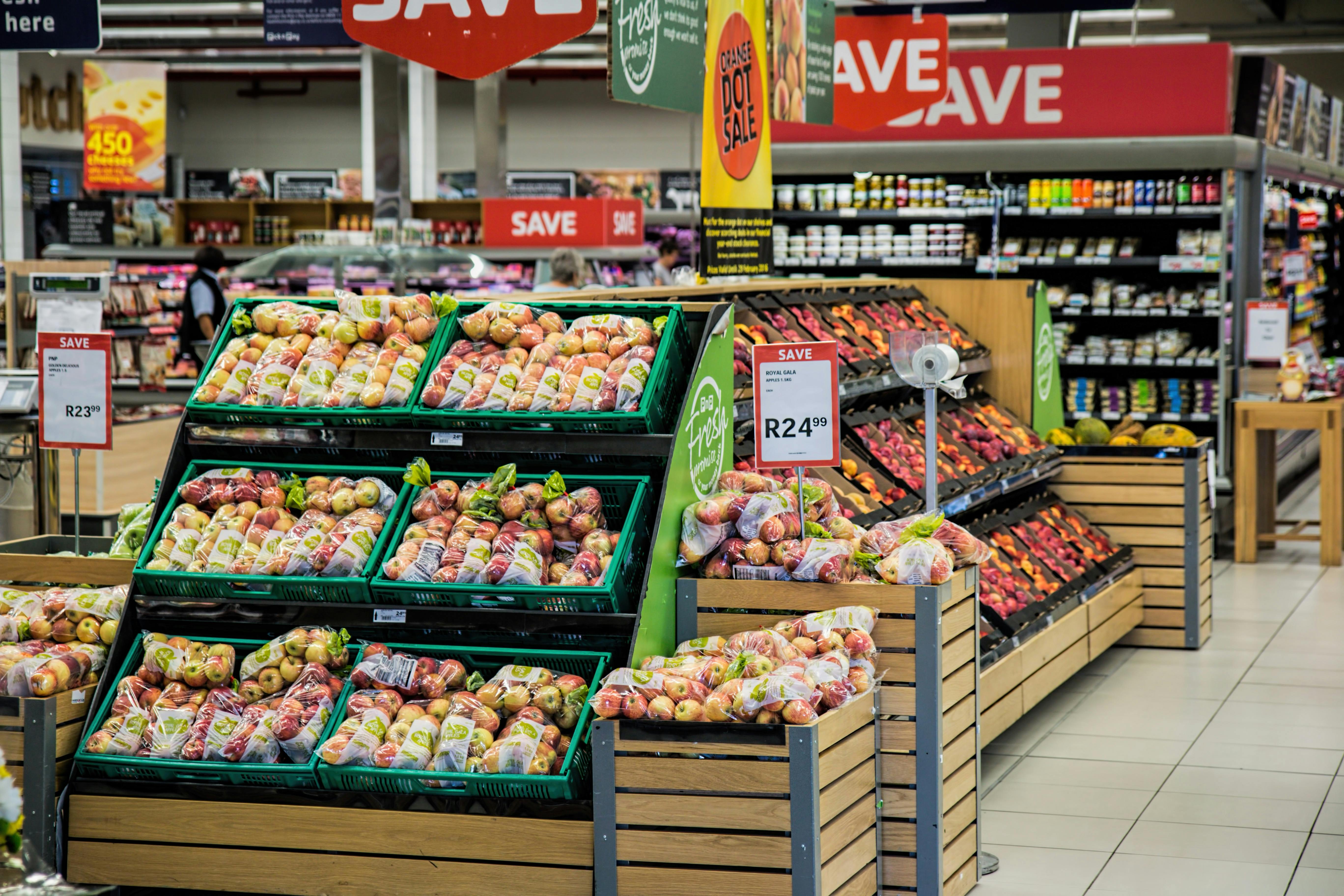"Dynamic pricing may increase corporate efficiency, but it also undermines price stability for millions of American households. This paper explains why cooperative models are structurally better positioned to deliver fair, stable prices and greater supply resilience."
— Executive Summary
1. The Rise of Dynamic Pricing in the U.S. Food System
Dynamic pricing, which adjusts food prices in real-time based on demand, supply, and predictive algorithms, has moved from airline tickets to grocery aisles. This model, embedded in retail apps and delivery platforms, poses significant equity and access challenges when applied to essential goods.
2. The Impact on Food Security
For low-income households, who spend a disproportionate share of their budget on food, real-time price volatility is not a mere inconvenience—it is a direct threat to their stability. The effects are multifaceted:
- Intensified Food Insecurity: Price spikes on staples force families on fixed incomes (SNAP, WIC) to make impossible choices between nutrition and budget.
- Budget Destabilization: Unpredictable costs make meal planning and resource allocation nearly impossible, often leading to less healthy food choices.
- Algorithmic Inequality: In food deserts, algorithms often create persistently elevated prices rather than downward fluctuations, penalizing communities with the fewest options.
3. The Cooperative Advantage: A Fairer Model
Cooperatives offer a structural alternative rooted in community needs, not profit algorithms. Their strength lies in:
- Member-Owned Governance: Pricing is based on true cost and community access, not algorithmic opportunity.
- Local Supplier Partnerships: Long-term commitments with local growers reduce volatility and insulate communities from supply chain shocks.
- Revenue Reinvestment: Surpluses are reinvested into the community through lower prices, nutrition programs, and farmer support, creating a cycle of resilience.
| Feature | Dynamic Pricing | Cooperative Pricing |
|---|---|---|
| Price Model | Unpredictable & Volatile | Stable & Transparent |
| Community Impact | Increases Inequality | Strengthens Equity |
| Primary Driver | Profit Algorithms | Member/Community Needs |
| Emergency Response | High Price Spikes | Freezes Essential Prices |
Conclusion & Policy Recommendations
While dynamic pricing may serve corporate efficiency, it creates profound hardship for vulnerable households. Cooperative food systems present a resilient, transparent, and equitable alternative. As AI-driven markets accelerate, we recommend expanding cooperative models through targeted USDA and CDFI programs, regulating algorithmic pricing in essential markets, and advancing data transparency to protect community access to affordable, healthy food.
About the Author

Ashif Jahan, MBA
Director & Chief Executive Officer
Ashif Jahan is a visionary executive leader with a 30-year track record of driving strategic growth and creating substantial stakeholder value. His unique synthesis of an MBA in Finance & Economics and a deep background in architecture provides a rare, ground-up expertise in capital-intensive development and investment.

